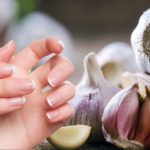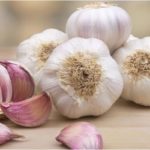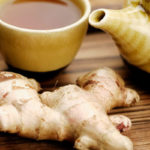Garlic is not just a unique spice that enhances flavor, but it also boasts an array of health benefits. In 100 grams of garlic, there are 6.36 grams of protein, 33 grams of carbohydrates, 150 calories, and a host of nutrients such as vitamins B1, B2, B3, and B6, as well as iron, calcium, potassium, manganese, magnesium, and phosphorus. Additionally, garlic is a good source of selenium.
For many Vietnamese families, garlic is considered a medicinal herb, useful for treating colds, diarrhea, and indigestion, among other ailments.
When buying garlic, should you choose the purple or white variety?
Nowadays, there is a wide range of garlic types available on the market, varying in color, size, and essential oil content. This often leaves home cooks perplexed as to which type to choose to ensure the best flavor, nutritional value, and freshness. The question of whether to opt for purple or white garlic is a common dilemma.
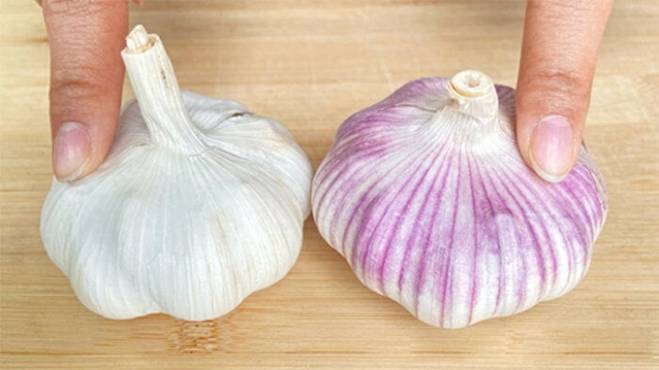
Purple or white garlic: Which is the better choice? (Photo: Sohu)
Many people tend to favor white garlic when making a purchase. However, according to Sohu, the most flavorful garlic has a hint of purple or a deep purple color. This type of garlic has higher allicin content, a more robust flavor, and is more nutrient-dense. In cooking, purple garlic also adds a stronger aroma to dishes compared to its white counterpart.
Tips for Choosing the Best Garlic
In addition to color, Sohu offers the following tips for selecting the best garlic:
Inspect the Garlic Head
First, examine the cut end of the garlic head, which is the part that was attached to the plant when harvested. The number of layers visible in this cut end indicates the age of the garlic. If it has multiple layers, it means the garlic is still young, and the flavor may not be as potent. The best garlic will have a thin outer layer, indicating that it is mature and at its nutritional peak, with the strongest flavor.
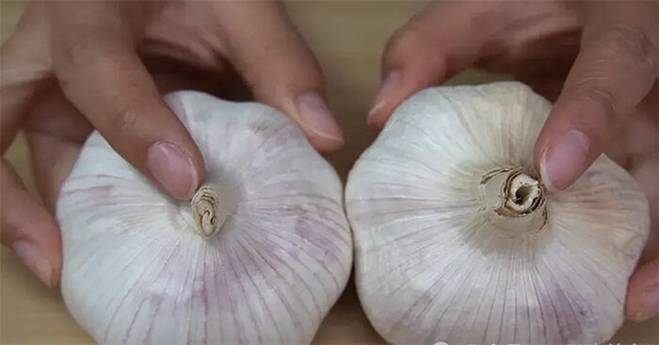
The cut end of the garlic head reveals its age. (Photo: Sohu)
Examine the Roots
Pay attention to the roots when selecting garlic. Some garlic bulbs have roots, while others do not. Leaving a portion of the roots intact after harvesting helps retain moisture in the garlic, ensuring better quality and preserving its nutrients. If the roots are cut off, the bulb will lose moisture rapidly, making it difficult to store, and prone to shriveling and softening.
Garlic with roots is also easier to store than garlic that has been cut close to the bulb.
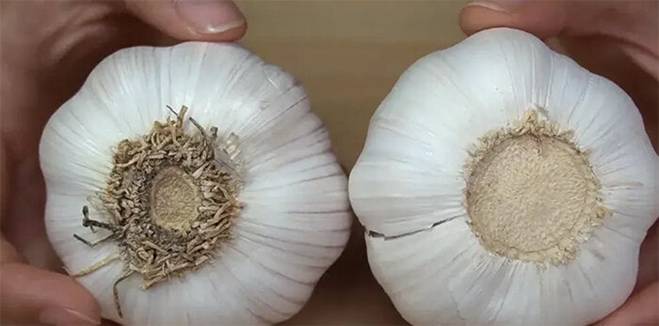
Choose garlic with roots for longer storage. (Photo: Sohu)
Feel It with Your Hands
When choosing garlic, gently squeeze the bulb to assess its freshness. Fresh garlic will feel firm, while older garlic will feel softer and may even be visibly dented. If the garlic feels soft to the touch, it has likely been on the shelf for a while, losing moisture and nutrients, and may have already started to rot inside, resulting in a poor taste.
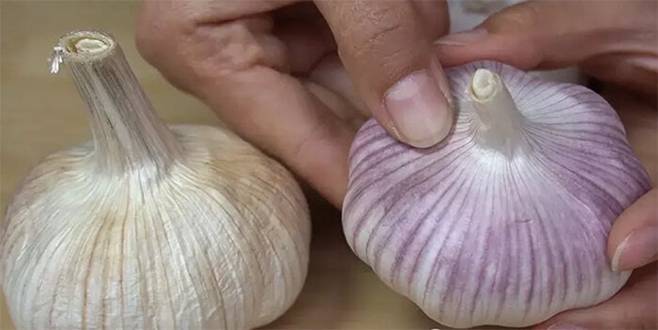
Older garlic tends to dent when pressed. (Photo: Sohu)
Examine the Exterior
Check the garlic bulb for any cracks or damage. Intact garlic will have an unbroken outer skin, which helps retain its freshness and nutritional value.
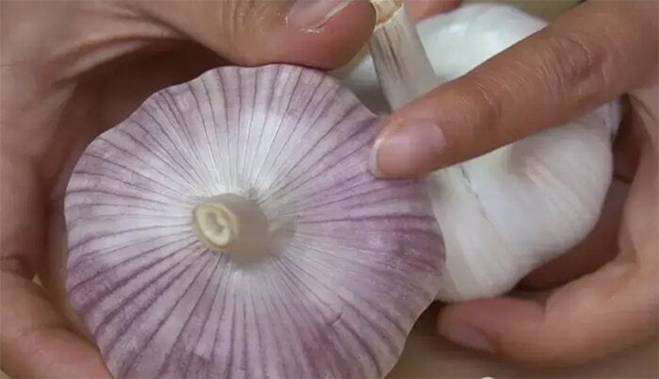
Choose garlic with an intact outer skin. (Photo: Sohu)
Check for Sprouts
Avoid buying garlic that is about to sprout. While sprouted garlic is still edible, it has already redirected its nutrients to the sprout, resulting in a drier texture and a less intense flavor, which can affect the taste of your dishes.
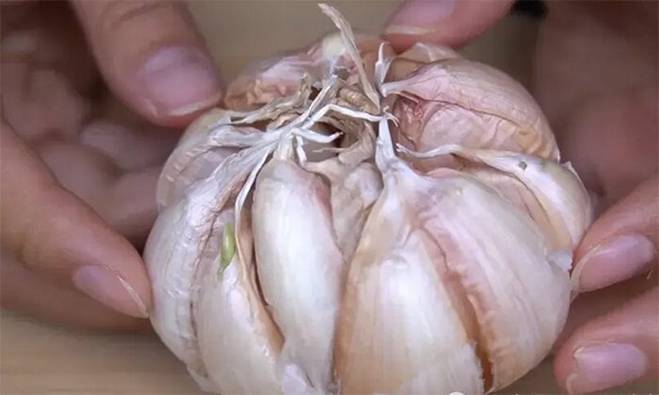
Sprouted garlic loses its optimal flavor. (Photo: Sohu)
According to VTC News
The Spice Rack’s Cancer-Fighting Secrets
Preventing cancer can be as simple as adopting a sensible diet and lifestyle. But many people believe that only expensive and exotic foods can offer such health benefits. However, it’s important to remember that your spice rack holds the key to a powerful anti-cancer arsenal. While spices add a burst of flavor to your dishes, their health benefits are truly remarkable. Knowing how to use and incorporate spices into your diet can be a powerful tool to boost your overall health and guard against this dreaded disease.

























